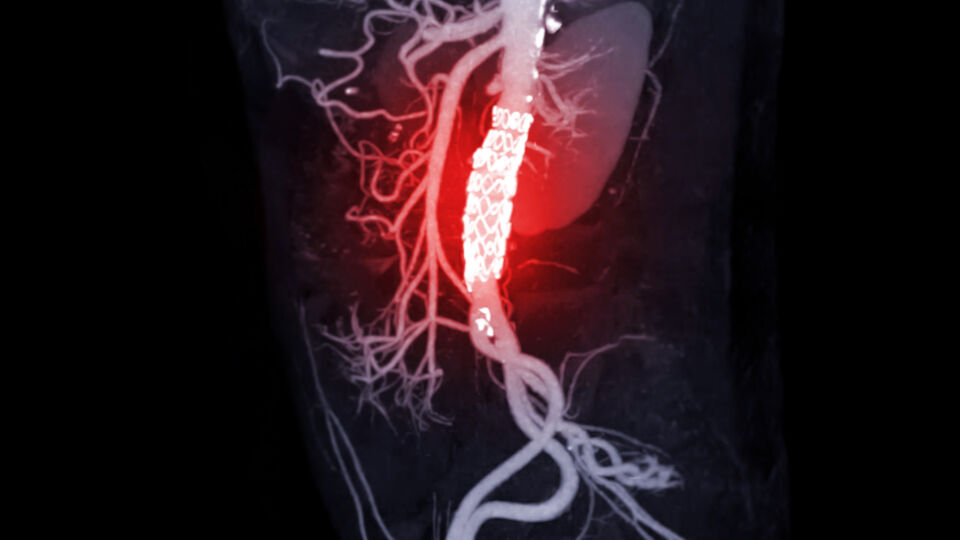The John Ochsner Heart & Vascular Aortic Center specializes in diagnosing and treating a wide range of aortic conditions, offering patients access to expert care and advanced therapies. Below is a list of some of the conditions we treat, each requiring specialized attention to ensure optimal outcomes:
- Aortic aneurysms (abdominal, thoracic, thoracoabdominal): A bulge or ballooning in the wall of the aorta, the body’s largest blood vessel, which can occur in the abdomen, chest or both areas
- Type A and Type B aortic dissections: A tear in the inner layer of the aorta. Type A occurs in the upper part of the aorta, while Type B happens in the lower part
- Traumatic aortic transections: A serious injury where the aorta is torn, often caused by a car accident or a fall
- Aortic arch aneurysms: A bulge in the curved part of the aorta that can weaken the vessel and lead to serious complications
- Aortic coarctation: A narrowing of the aorta, which makes it harder for blood to flow through the body
- Aortic intramural hematoma: A buildup of blood within the wall of the aorta, which can lead to a tear or rupture
- Aortic penetrating ulcer: A sore or ulcer that forms in the inner lining of the aorta, which can weaken the vessel wall
- Aortitis/Vasculitis: Inflammation of the aorta or blood vessels, which can cause pain and damage to the vessel walls
- Congenital and hereditary aortic defects, including Marfan syndrome, vascular Ehlers-Danlos syndrome, Loeys-Dietz syndrome: Genetic conditions that affect the structure and strength of the aorta, making it more prone to problems like aneurysms
- Mycotic aortic aneurysm, pseudoaneurysm: An infection in the aorta that causes a bulge (aneurysm) or a false aneurysm (pseudoaneurysm) where the vessel wall is damaged
- Aortic occlusive disease: A blockage in the aorta that reduces blood flow to the lower body.
- Aortic malignancy: A rare cancer that develops in the aorta.
- Shaggy aorta: A condition where the inner lining of the aorta has irregular, rough areas that can increase the risk of blood clots.
- Aortoenteric fistula: An abnormal connection between the aorta and the intestines, which can cause severe bleeding
Aortic valve pathology is managed by our Ochsner Structural Heart team. For more information, visit the Ochsner Valve and Structural Heart Disease web page.










